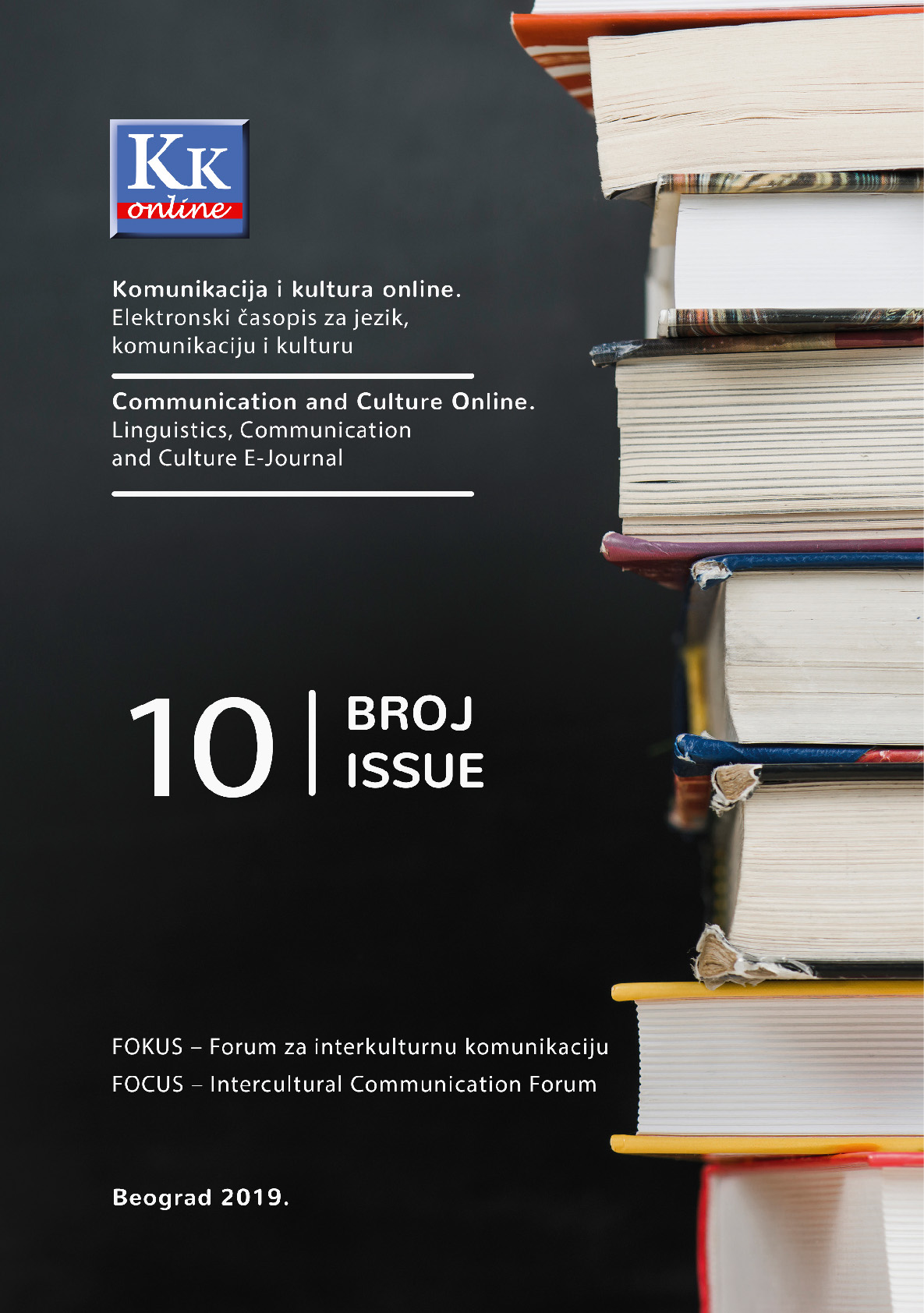CONVERSATIONAL DISCOURSE MARKERS IN TEACHING SPANISH AS A FOREIGN LANGUAGE
DOI:
https://doi.org/10.18485/kkonline.2019.10.10.1Keywords:
discourse markers, conversational discourse markers, communicative competence, Spanish as a foreign languageAbstract
Discourse markers (DM) are linguistic elements of a very complex nature and have a crucial role in creating communication competence. Although the past few decades they have been an object of numerous linguistic studies, the investigations in the field Spanish as a foreign language still do not provide specific answers when it comes to learning how to use correctly the discourse markers. It is not clear how they should be thaught in classroom nor on which level of Spanish as a foreign language learning. The aim of this paper is to investigate when and how are DM introduced in Spanish foreign language teaching and how successfully they can be though. Comprehending the importance that discourse markers have in L2 teaching to acquire adequate communicative competence in the target language, the object of this research is analysis of the presence conversational discourse markers, words and expressions such as bueno, claro, pues, venga, vamos, hombre, etc in textbooks for Spanish as foreign language Aula Internacional 1 (A1), Aula Internacional 2 (A2), Aula Internacional 3 (B1), Aula Internacional 4 (B2.1) and Aula Internacional 5 (B2.2). The results of our analysis of these textbooks show the inconsistency in terminology and classification of these linguistic elements. The inconsistency in terminology is justified by the fact that DM represent a very complex category that is being studied from a numerous perspectives and approaches such as discourse analysis, conversation analysis, pragmatics, applied linguistics, etc. The authors use the term connector (sp. conector) when presenting all categories of DM and not just for the category of discourse connectors. Furthermore, the number of explicitly presented DM in these textbooks is very low. However, the analysis shows a substantial number of implicit DM especially conversational DM in texts and audio files for listening comprehension. Since the three most frequent conversational DM are bueno, pues and ¿no?, a more detailed analysis of the functions of these three markers is presented in the paper. Our conclusion is that the teacher should not neglect the presence of the DM and make use of the fact that they are contextualized in order to teach the students how to use DM correctly so they can perfect their communication competence.









